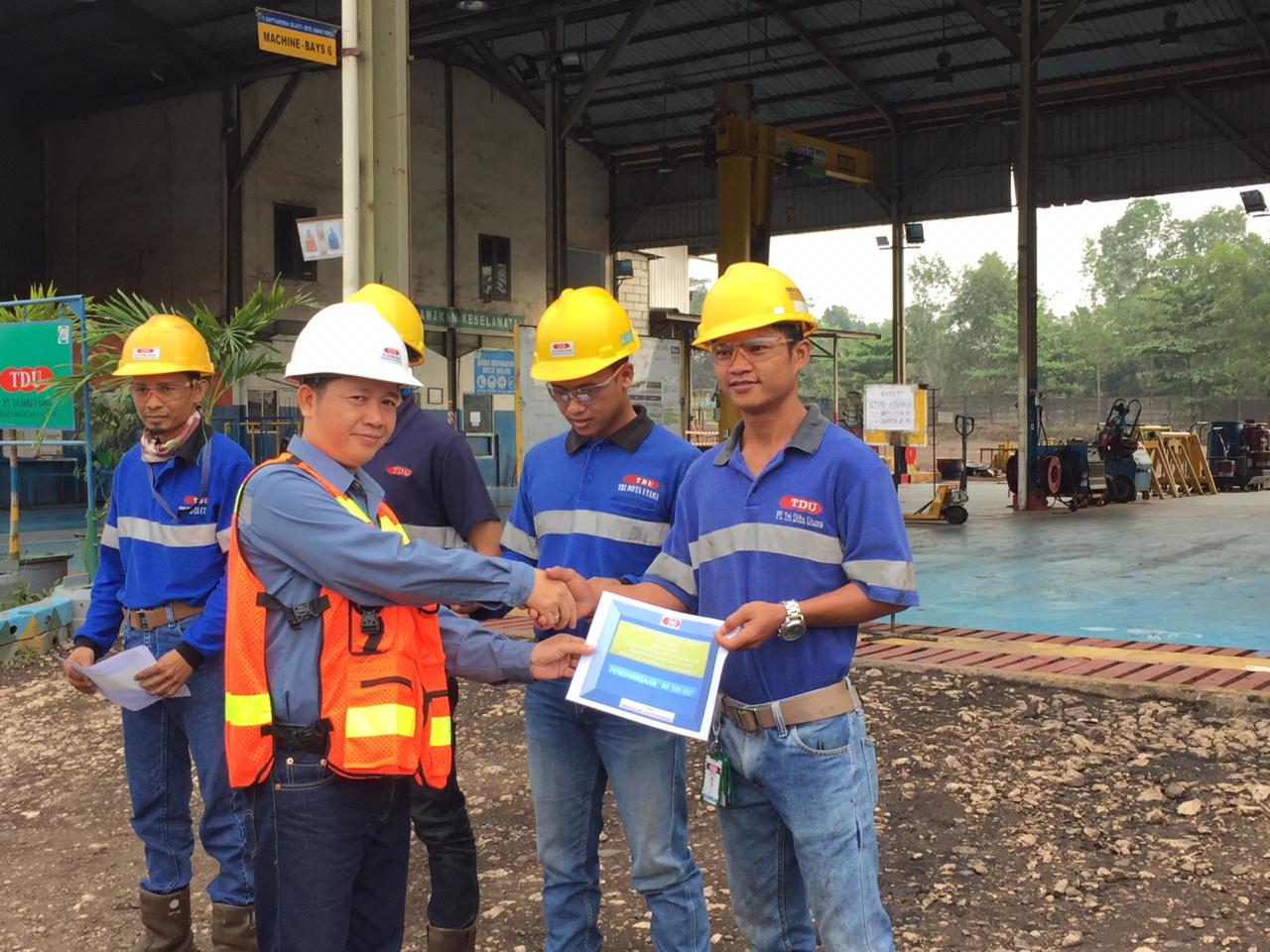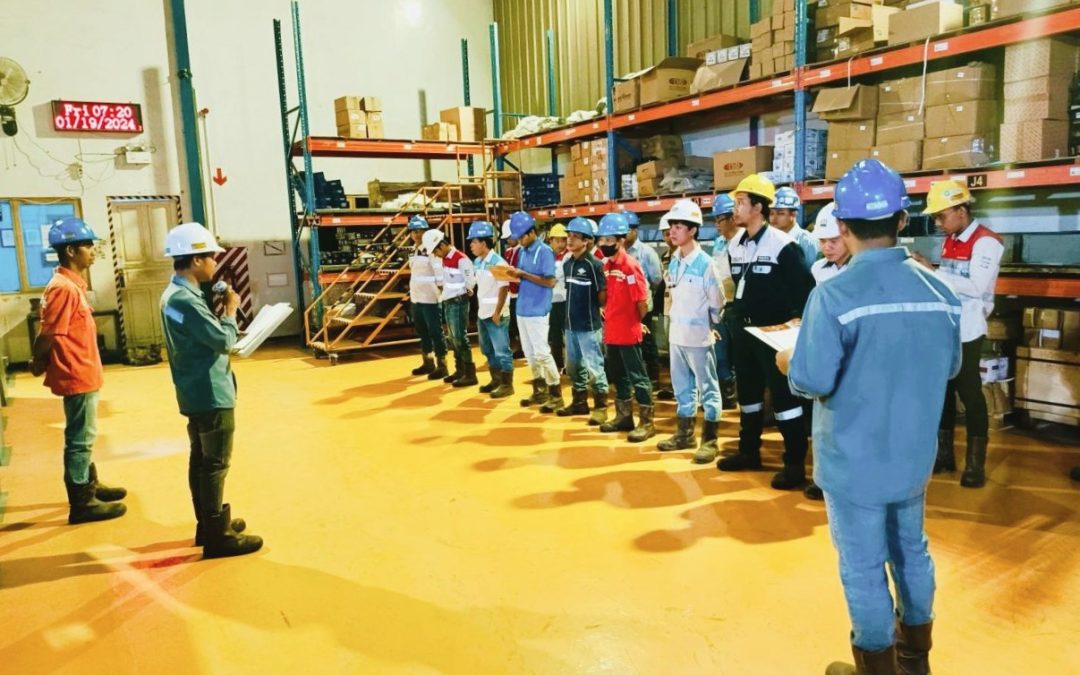The mining industry, particularly in the coal and heavy equipment sectors, has a higher risk level than other industries. Activities involving exploration, excavation, and transportation of large volumes of material place workers in a challenging work environment. Occupational safety and health (OHS) are crucial factors in ensuring productivity and protecting the safety of workers at mine sites. By implementing proper OHS procedures, mining companies can reduce the number of workplace accidents and protect workers from long-term health risks.
This article will discuss several key aspects related to OHS challenges in the mining sector. It will cover how mining occupational safety differs from other sectors, preventive measures for accidents, and technologies to improve safety.
Occupational Health and Safety Challenges in the Mining Sector
Occupational health and safety in the mining sector faces a number of unique challenges. Working conditions in mines tend to be harsh due to the uneven terrain, extreme weather changes, and very physically demanding activities. Risks include tunnel collapses, exposure to coal dust or hazardous chemicals, and accidents involving heavy equipment.
In addition, miners often work in noisy and dusty environments, which can cause hearing loss and lung disease. Fatigue poses a challenge, as long working hours and night shifts make workers vulnerable to accidents from decreased focus.
Mentally, workers also face stress due to isolation, a work environment far from residential areas, and limited access to health facilities. All of these factors require company management to have a holistic and responsive K3 system.
Differences in Occupational Safety in the Mining Sector compared to Other Sectors
Occupational safety in the mining sector has a number of significant differences compared to other sectors. In the manufacturing sector, accident risks often arise from static machines or equipment, while heavy equipment in mines moves in dangerous terrain.
In addition, in mines, working conditions are more dynamic due to ongoing geological changes. Often, workers must adapt to unstable soil structures, which can lead to the risk of collapse. This condition is different from other sectors, where the work environment is generally more controlled and structured.
Another difference is the use of explosives in the mining industry, which adds complexity to the safety aspect. This sector also requires strict supervision of ventilation, especially in underground mines, to prevent gas explosions or fires. Unlike other sectors that have more controlled risks, mining requires that every step and procedure be designed to face more complex and dangerous challenges.
Preventive Steps to Reduce Work Accidents
In the mining industry, preventive steps are very important to reduce work accidents. One of the main efforts is to identify and evaluate risks in each work area. Recognizing potential hazards, both from equipment and the work environment, allows companies to take appropriate preventive actions.
Regular safety training is also essential. Workers should be given an understanding of emergency procedures, proper use of personal protective equipment (PPE), and evacuation protocols in emergency situations. This training also includes handling explosives, operating heavy equipment, and preventing fires in the mining area.
In addition, regular inspections of the tools and machinery used in the mine are another important step. All equipment must undergo routine maintenance to ensure that it is functioning properly and is safe to use. This includes checking the brakes on large haul trucks, the hydraulic systems on heavy equipment, and other tools used in the mining area.
Fatigue management is also an important preventive measure. By implementing controlled work shifts and providing adequate rest periods, companies can prevent workers from experiencing fatigue that can lead to accidents.

Latest Technology and Procedures to Improve Mine Worker Safety
Along with the development of technology, the mining sector can now utilize various innovations to improve work safety. One of the latest technologies used is a sensor-based real-time monitoring system. With this technology, geological conditions and ground movements can be monitored continuously, providing early warning of potential hazards such as landslides or collapses.
In addition, the use of drones for mining area inspections is also increasingly common. Drones allow surveillance of areas that are difficult for humans to reach, reducing the risk of workers having to enter dangerous zones. This technology can also be used to monitor the density of dust or toxic gases in the work area.
Another technology that contributes to improving safety in mining is heavy equipment automation. With remote operation of heavy equipment, the risk of accidents caused by human error can be minimized. This system allows trucks and excavators to operate autonomously in difficult terrain, reducing the need for workers to be physically present in hazardous areas.
The latest safety procedures also prioritize the use of wearable technology or devices that can be worn by workers to monitor their health conditions. This tool can measure the worker’s heart rate, oxygen levels, and body temperature so that if a worrying condition occurs, workers can immediately get help.
Conclusion
Occupational health and safety in the mining industry is an aspect that cannot be ignored. The challenges faced by mine workers are much more complex than other sectors, and therefore, companies must continue to innovate in maintaining the safety of their workers. Effective preventive measures, supported by the latest technology, can help reduce the risk of accidents and ensure that workers can work safely and healthily.
Implementing strict safety procedures and using modern technology can help mining companies create a safer, more productive, and sustainable environment.
Read more articles: Workplace Safety Training: A Long-Term Investment
